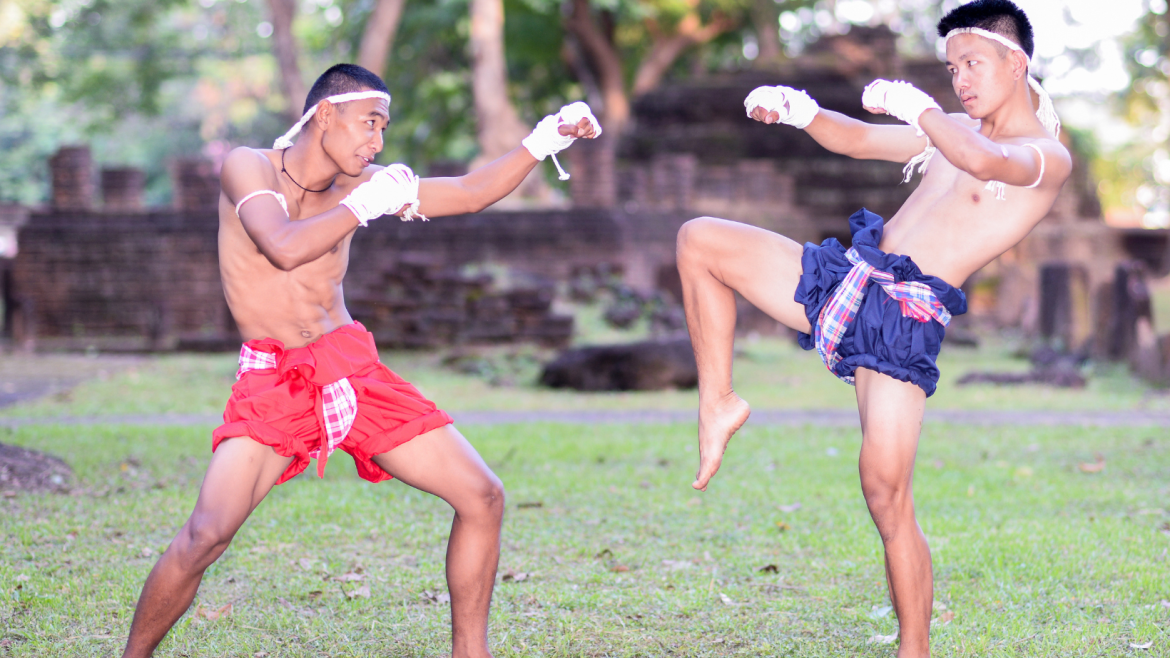Muay Thai, often referred to as “The Art of Eight Limbs,” is more than just a martial art; it’s a profound and storied tradition that has shaped Thailand’s cultural and historical landscape. Known for its powerful strikes, fluid techniques, and rich heritage, Muay Thai is a testament to the resilience and spirit of the Thai people. Join us as we explore the fascinating history and evolution of this legendary fighting art.
Origins of Muay Thai
The roots of Muay Thai trace back to ancient Thailand, where it evolved from military training techniques used by Siamese soldiers. During times of war, these soldiers developed a combat system designed for close-quarters fighting when weapons were not an option. This early form of Muay Thai was known as “Muay Boran,” which means “ancient boxing.”
The Evolution of the Art
As centuries passed, Muay Boran gradually transformed into the Muay Thai we know today. The art was refined and formalized during the reign of King Rama V (1851-1910). King Rama V, a notable patron of the sport, helped to standardize Muay Thai techniques and promote it as a national treasure.
The introduction of Western boxing gloves and the development of modern scoring systems in the early 20th century marked significant changes in the sport, shaping it into the contemporary form of Muay Thai. This evolution helped Muay Thai gain international recognition and respect.
The Technique: Eight Limbs of Muay Thai
Muay Thai is distinctive for its use of all parts of the body as weapons. Fighters use their fists, elbows, knees, and shins to strike opponents, creating a unique and dynamic style of combat. Each strike is designed to maximize impact and efficiency, making Muay Thai both an effective fighting art and a visually captivating sport.
- Fists: Used for powerful punches and combinations.
- Elbows: Deliver devastating blows in close-range combat.
- Knees: Effective for strikes and clinch work, especially in close contact.
- Shins: Employed for kicks and defensive maneuvers, with a focus on durability and precision.
Cultural Significance
Muay Thai holds a special place in Thai culture. It is often performed during traditional ceremonies and festivals, and many Thai people regard it as a symbol of national pride. The sport is deeply intertwined with Thai values, such as respect, discipline, and honor.
The Wai Kru Ram Muay, a traditional dance performed before a fight, is a key ritual in Muay Thai. This pre-fight ritual pays homage to the fighters’ teachers and the spirit of Muay Thai, blending art and tradition with athleticism.
Muay Thai Today
In recent decades, Muay Thai has gained global popularity, attracting fighters and enthusiasts from around the world. It is practiced in many countries, and its influence can be seen in various combat sports, including mixed martial arts (MMA). Despite its international reach, Muay Thai remains a cherished part of Thai heritage, with traditional training camps and tournaments continuing to thrive.
Why Learn Muay Thai?
Practicing Muay Thai offers more than just physical benefits. It’s a journey into a rich cultural heritage, a way to develop self-discipline and resilience, and an opportunity to connect with a global community of martial artists. Whether you’re looking to improve your fitness, learn self-defense, or delve into an ancient tradition, Muay Thai provides a rewarding and transformative experience.

